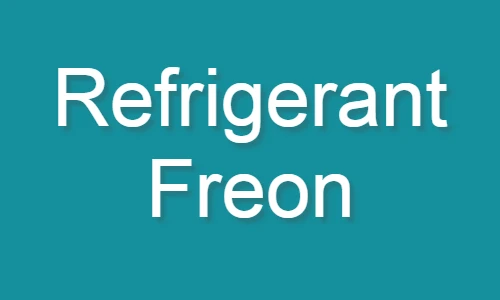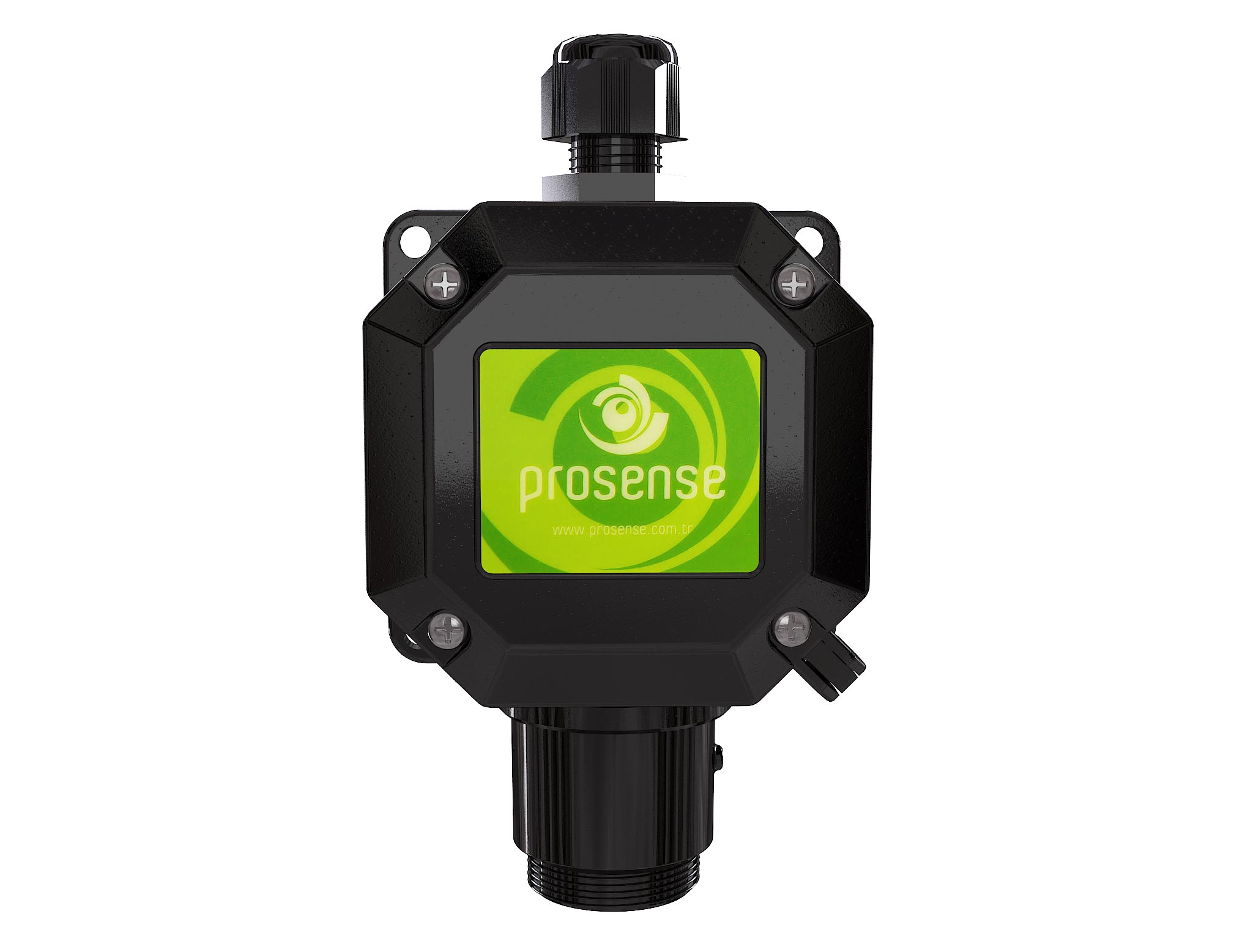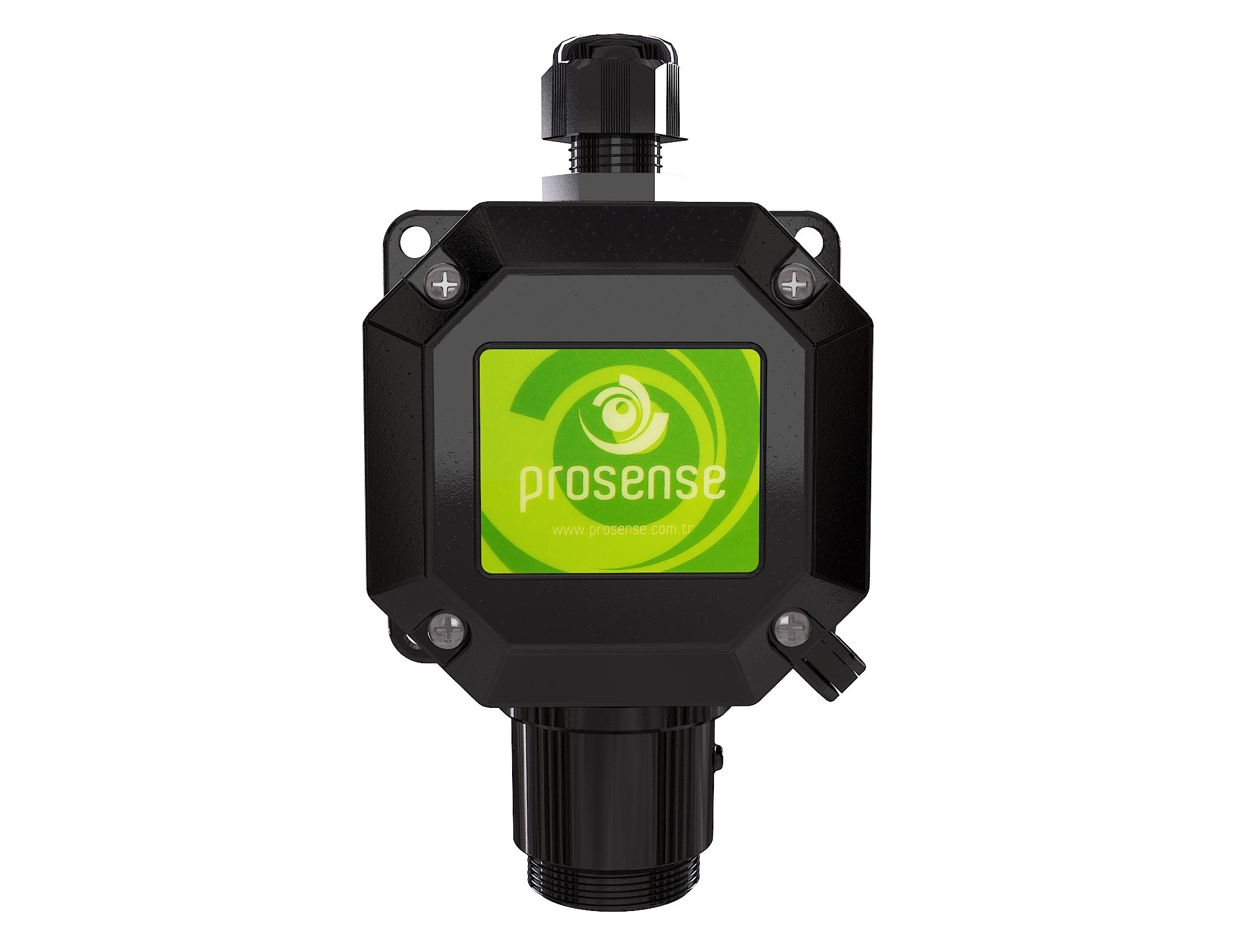Refrigerant-Freon
CFCs were first synthesized in the 1890s, but they were very dangerous and flammable. In the 1920s, another team was formed by General Motors to find a safer alternative that was more stable and nontoxic. Frigidaire, a division of GM, received the patent for a refrigerating apparatus. In 1930, GM and DuPont came together and formed Kinetic Chemicals to produce Freon.
Freon is a colorless gas that is also known as R-22. Dupont trademarked the name Freon. CFCs have been used in refrigeration and aerosol cans for many years, but in 1974, a researcher at the University of California hypothesized that CFCs were destroying the ozone layer. It took years of research by the National Academy of Science, but eventually the United States banned the use of CFCs in aerosol cans. In 1987, the Montreal Protocol, which is an international environment agreement, established the phase out of CFCs.
Not only does Freon itself harm the ozone layer, but the manufacturing of Freon releases another product into the atmosphere. This gas, called HFC-23, is also harmful and contributes to global warming. Although Freon is highly restricted and regulated in its use, older appliances still use and release this harmful gas.






